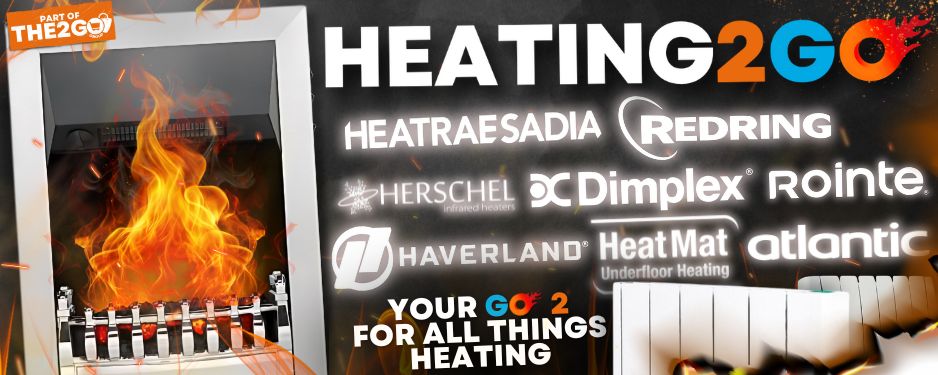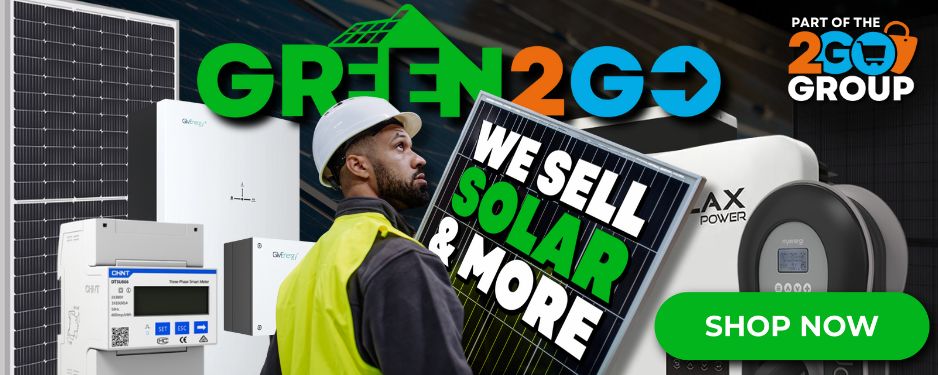As said, it's just a case of fitting a direct unvented cylinder. A lot of direct cylinders come with two immersion heaters (often indirect will have just one).
You are supposed to wire the top immersion heater to a 'booster' switch. Be this a timer (like a Horstman Electronic 7, the best timer for economy 7 in my opinion) or just to a switched fused spur.
The lower immersion is to the economy 7 feed.
Now some electrical suppliers will feed the whole house on economy 7 through the designated hours. This means there is no cut in supply when the economy 7 isn't in use, just a change in tariff. In short, two meters, but one feed.
Other times, you will find that the economy 7 feed will more than likely be dead when you are at work. (It will be activated by either a mechanical timer or a radio switch). This is the reason why you need a separate supply to the booster (top immersion heater). If the owner wants ho****er and the lower immersion is broken, they must be able to activate the booster.
In systems where there is a permanent live but two separate meters, this isn't an issue. The Horstman Electronic 7 timer won't allow heat to both elements at the same time (hence why I rate it so highly).
In systems where the economy 7 goes dead during working hours, then the booster feed must be taken from a permanent supply. (Separately from the consumer unit).
I know this seems like a lot of ramble. However this is very important. I specialised in repairing thermal stores, mainly Gledhill for a couple of years. There is very often economy 7 in play with these.
As people move away from Gas and look more to electric heating, this will become fundamental grass route stuff.
I had one customer who had another engineer say that the supply to the immersion was dead. It wasn't dead. The Radio switch didn't activate the supply to the immsersion until 11.30pm. The element on the heater was blown and thus no heat. Simple repair, took under an hour.
All heating engineers should be clued up on this and the rarer economy 11.



